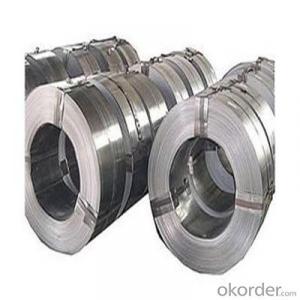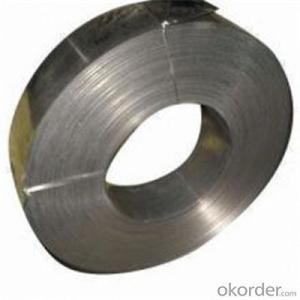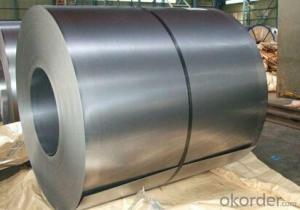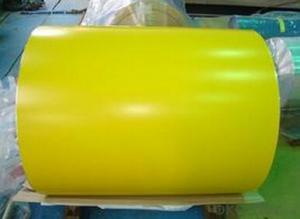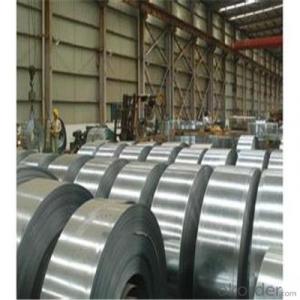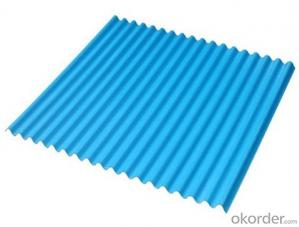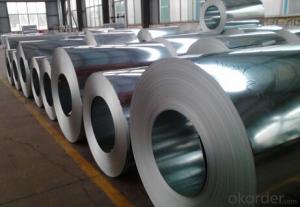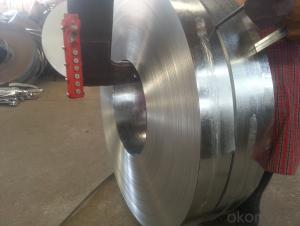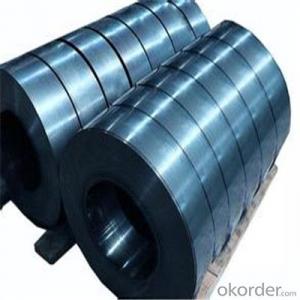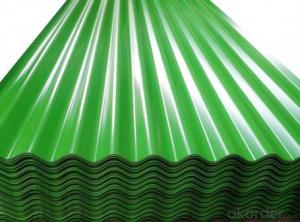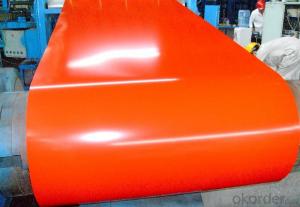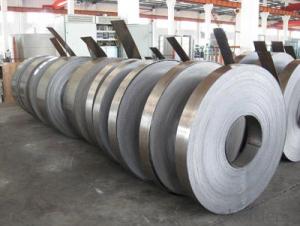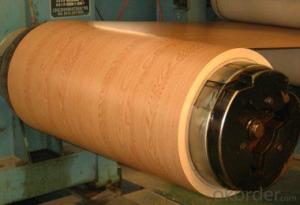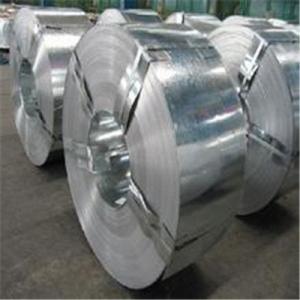All Categories
- - Steel Wire Rod
- - Steel Coils
- - Steel Profiles
- - Steel Pipes
- - Stainless Steel
- - Tinplate
- - Special Steel
- - Steel Sheets
- - Steel Rebars
- - Steel Strips
- - Hot Rolled Steel
- - Cold Rolled Steel
- - Pre-painted Steel
- - Seamless Steel Pipe
- - Welded Steel Pipe
- - Hollow Steel Tubes
- - Galvanized Pipe
- - Stainless Steel Coil
- - Stainless Steel Sheet
- - Stainless Steel Plate
- - Stainless Steel Strips
- - Electrolytic Tinplate Coil
- - Electrolytic Tinplate Sheet
- - Stainless Steel Rebars
- - Solar Panels
- - Solar Water Heater
- - Solar Related Products
- - Solar Inverter
- - Solar Cells
- - Solar Light
- - Solar Energy Systems
- - Solar Controllers
- - Solar Mounting System
- - Solar Pump
- - Solar Chargers
- - Fiberglass Chopped Strand
- - Fiberglass Mesh Cloth
- - Composite Pipes
- - FRP Pultrusion Profiles
- - Fiberglass Mat Tissue
- - Fiberglass Fabrics
- - Fiberglass Mesh
- - Composite Tank
- - Fiberglass Mesh tape
- - Polymer
- - FRP Roofing Panel
- - Fiberglass Roving
- - Monolithic Refractories
- - Ceramic Fiber Products
- - Refractory Bricks
- - Raw Materials For Refractory
- - Suspended Platform
- - Cranes
- - Concrete Machinery
- - Earthmoving Machinery
- - Building Hoist
- - Road Building Machinery
- - Plastic Pipe Fittings
- - Plastic Tubes
- - Plastic Sheets
- - Agricultural Plastic Products
- - Plastic Nets
 All Categories
All Categories
Q & A
What is the role of steel strips in the production of musical instruments?
Steel strips are commonly used in the production of musical instruments for various purposes. They are primarily utilized to provide structural support and reinforcement to the instrument. Steel strips are often incorporated into the body or frame of the instrument to enhance its durability and stability. Additionally, they can also be employed as a key component in certain instruments, such as the strings of a piano or the frets on a guitar, where they contribute to the instrument's sound quality and playability. Overall, steel strips play a crucial role in ensuring the longevity, strength, and performance of musical instruments.
How do you measure and control the surface finish of steel strips during production?
There are several methods to measure and control the surface finish of steel strips during production. One common approach is to use surface roughness measurement instruments such as profilometers or laser scanners to accurately assess the roughness of the strip's surface. This provides quantitative data on parameters such as Ra (average roughness) or Rz (mean peak-to-valley height), allowing for precise monitoring and control of the surface finish.
To control the surface finish, manufacturers employ various techniques. These may include adjusting the roll pressure, temperature, and lubrication during the rolling process to achieve the desired surface quality. Additionally, implementing advanced cleaning and polishing techniques, such as acid pickling or mechanical polishing, can further enhance the surface finish of steel strips. Regular inspections and quality checks throughout the production process also play a crucial role in ensuring consistent surface finish standards are met.
How are steel strips used in the production of high-tensile cables and ropes for bridge construction and maintenance?
Steel strips are used in the production of high-tensile cables and ropes for bridge construction and maintenance as they provide the necessary strength and durability required for withstanding heavy loads and harsh environmental conditions. These strips are typically woven or braided together to form cables or ropes, which are then used to support and reinforce bridge structures.
What are the key parameters for selecting steel strip thickness in manufacturing?
The key parameters for selecting steel strip thickness in manufacturing include the desired mechanical properties of the final product, the type of manufacturing process being used, the intended application of the product, and the cost considerations associated with the thickness.
Wholesale Steel Strips from supplier in Ecuador
Whether you need steel strips for construction, manufacturing, or any other application, we are the leading supplier in Ecuador. As a subsidiary of CNBM, a Fortune Global 500 company, we have the expertise and resources to cater to all your steel strip requirements.
Our primary focus is on delivering top-quality products, along with exceptional sales, quotation, and technical support services. We understand the specific needs and demands of the Ecuadorian market, and our team is dedicated to providing you with a seamless and efficient procurement experience.
With an extensive inventory of steel strip products, we can meet a diverse range of project requirements. Our products are sourced from trusted manufacturers, ensuring high-quality standards and reliability.
We have been operating in the Ecuadorian market for several years, allowing us to gain valuable insights and expertise. This knowledge enables us to provide valuable guidance and support for your projects, ensuring their success.
Partner with us for all your steel strip needs in Ecuador, and benefit from our exceptional products, services, and industry expertise. We are committed to delivering excellence and building long-term relationships with our clients. Contact us today to discuss your requirements and experience our unmatched services.
Our primary focus is on delivering top-quality products, along with exceptional sales, quotation, and technical support services. We understand the specific needs and demands of the Ecuadorian market, and our team is dedicated to providing you with a seamless and efficient procurement experience.
With an extensive inventory of steel strip products, we can meet a diverse range of project requirements. Our products are sourced from trusted manufacturers, ensuring high-quality standards and reliability.
We have been operating in the Ecuadorian market for several years, allowing us to gain valuable insights and expertise. This knowledge enables us to provide valuable guidance and support for your projects, ensuring their success.
Partner with us for all your steel strip needs in Ecuador, and benefit from our exceptional products, services, and industry expertise. We are committed to delivering excellence and building long-term relationships with our clients. Contact us today to discuss your requirements and experience our unmatched services.
